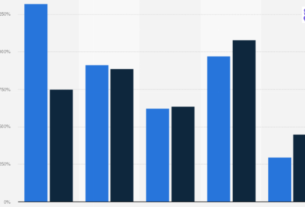The global economy continues to navigate a complex landscape of persistent inflation, rising interest rates, and geopolitical instability. On May 5, 2025, the International Monetary Fund (IMF) released its updated forecast, predicting moderate global growth of 3.2% for 2025, down from previous projections of 4%. The IMF cited several factors contributing to the revised outlook, including persistent supply chain disruptions, continued high inflation in key economies, and the ongoing geopolitical tensions exacerbated by Russia’s invasion of Ukraine and the escalating trade conflicts between the U.S. and China.
While the economic recovery from the pandemic has been uneven, with developing countries facing higher levels of debt and slower growth, advanced economies are beginning to see the impact of tighter monetary policies. Central banks, including the U.S. Federal Reserve and the European Central Bank, have raised interest rates in an attempt to curb inflation, but this has slowed economic activity and increased borrowing costs, particularly in the housing and consumer goods sectors. Economists warn that the high-interest rate environment could continue to dampen growth throughout 2025, especially as businesses and consumers adjust to the new financial reality.
The IMF’s report also highlighted the importance of addressing the structural challenges within the global economy, including income inequality, climate change, and the digital divide. The organization stressed that coordinated international policy responses would be essential to ensure a more balanced and sustainable recovery moving forward. Despite these challenges, the IMF noted that emerging markets in Asia, particularly India and Southeast Asia, are expected to remain growth engines, with economic expansion predicted at rates higher than the global average.




